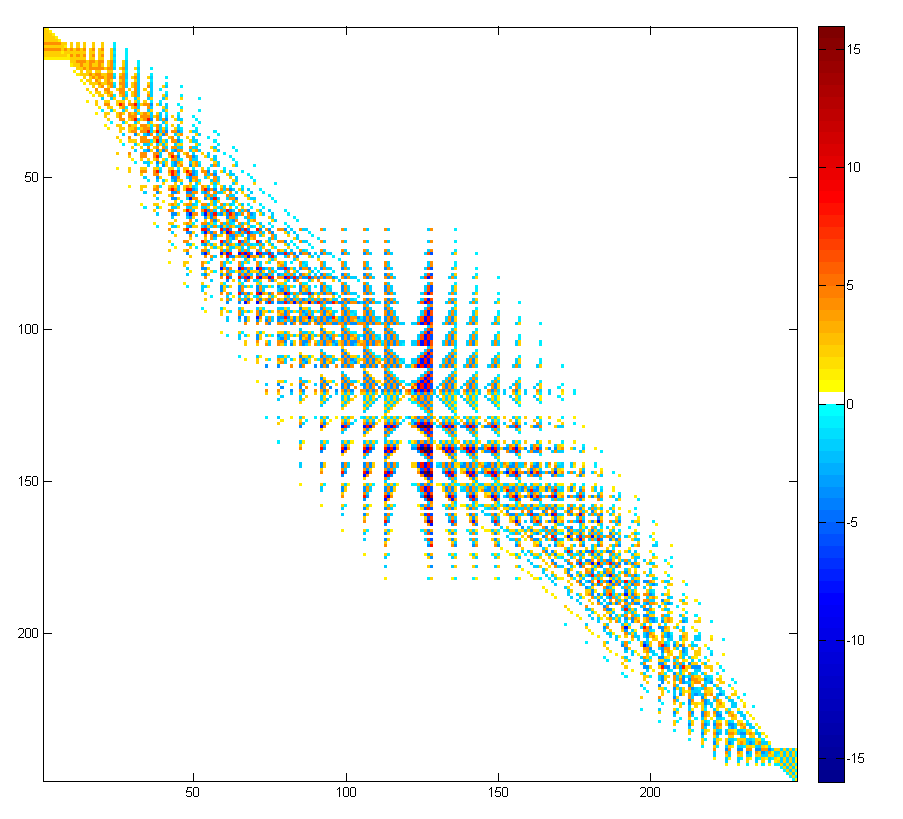A classic advice about writing papers and books is to write the introduction last. I must admit that it makes excellent sense, and in fact, I’m sure I’ve told as much to students. However, I find that I’m usually sorely tempted to write the Introduction first, and that I end up doing this quite often (especially when the project involved is not a joint paper).
There is an advantage in this approach: if I write the introduction early, most often I do not know the precise technical statements that will come out of the arguments, so I am forced to try to explain the motivation, the main points and the qualitative interest of the paper, instead of focusing on the minutia of the actual theorem, which may well be of less importance. Of course, this is partly a consequence of working in a field (analytic number theory) where it is very frequent that the final theorem involves (for instance) some parameters whose value is not particularly important, but where it is instead crucial that it is positive, etc. Some other fields afford much cleaner statements: something like “for every elliptic curve E/Q, the group E(Q) is an abelian group of finite type”, or like “two compact hyperbolic manifolds M and N of dimension at least 3 are isometric if and only if they have isomorphic fundamental groups” can not really be made clearer by trying to focus on any larger picture…
The disadvantages, on the other hand, are in fact quite real: one may write and polish with enthusiasm an introduction (so it becomes suitable for a O’Henry award) only to realize when coming to the point of writing the proofs that a fatal mistake lurked somewhere in the arguments only sketched previously. Or one may find new ideas or points of view when writing the proofs in question that lead to a complete change of emphasis of the paper (e.g., going from proving a special case of a statement to a more general one), and require a complete overhaul of the finely chiseled prose of the already completed introduction…
Indeed, both have happened to me, except of course that the literary quality of my drafts are far from deserving any award. The elephant cemetery section of my LaTeX directories contains at least three sad and melancholy beginnings of papers that will most likely never be revived, and I don’t know how many times I ended up re-working the introduction to my book on the large sieve (the final version of which states, quite accurately, that this project started as a planned short paper on extending previous results about the large sieve for Frobenius over finite fields to work in small sieve contexts…)
